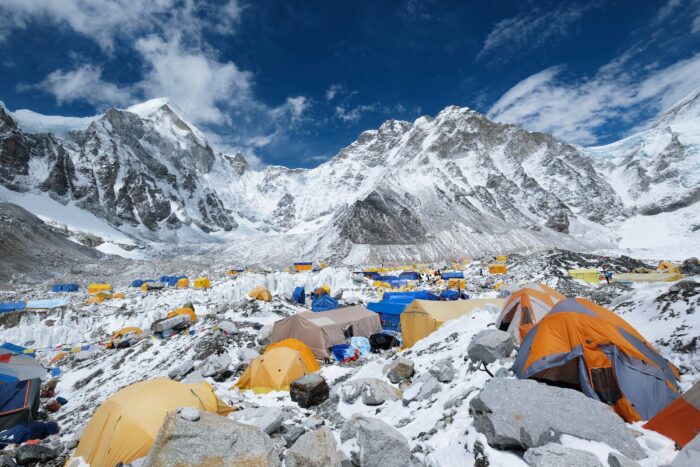Seasoned alpinist and mountain guide Marc Batard will attempt to climb the 29,000-foot peak that sidesteps the notorious Khumbu Icefall.
With a death toll that exceeds 40 human lives, the Khumbu Icefall is one of Mount Everest’s most dangerous zones. The ever-shifting route through a glacial minefield grows more lethal as global temperatures continue to rise.
But the 70-year-old Batard perceives the increasingly unstable situation as an opportunity to lay a new — and ostensibly safer — line.
“This project is not only for me,” he told Agence France Presse. “I am very happy to climb Everest again. But I want to use my reputation to do some good things.”
If successful, Batard will become the oldest person to reach the top of the world without supplemental oxygen.
View this post on Instagram
A small but vastly experienced team will join Batard. That team consists of 13-time Everest summiteer Pasang Nuru Sherpa, K2 climber Sajid Ali Sadpara, mountain guide Gerard Menard, two apprentice guides, plus Batard’s son and son-in-law.
Batard’s Everest Variation

Marc Batard: Mountain Guide, Alpine Legend
View this post on Instagram










